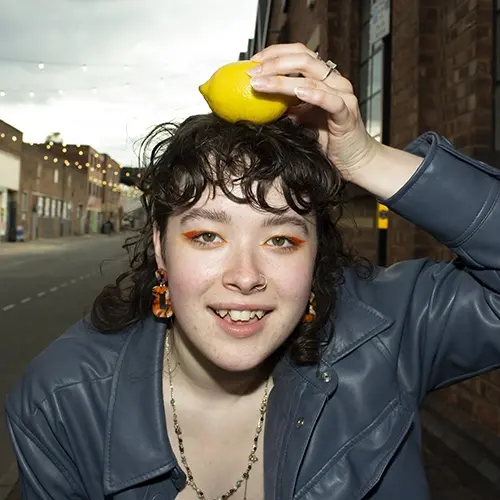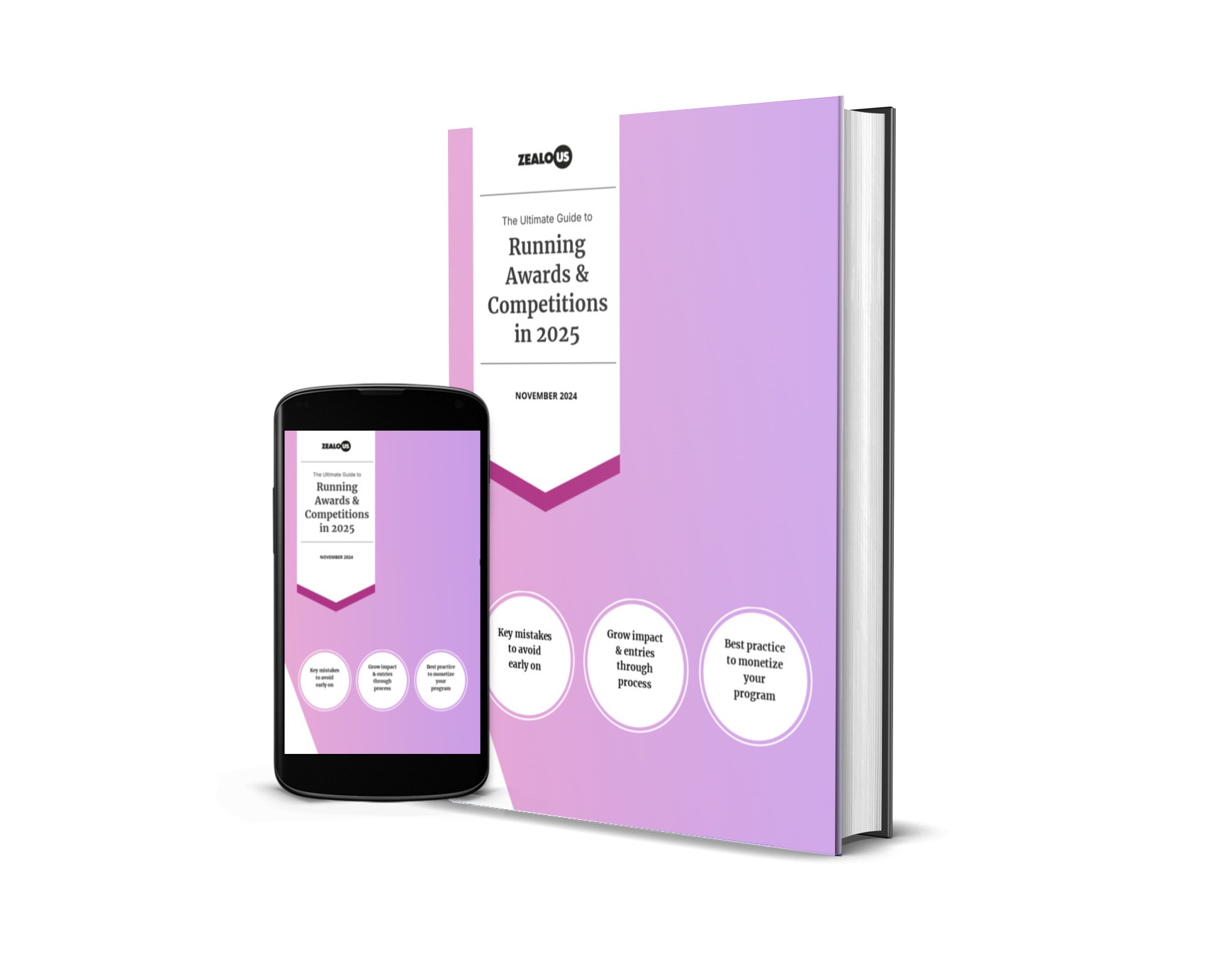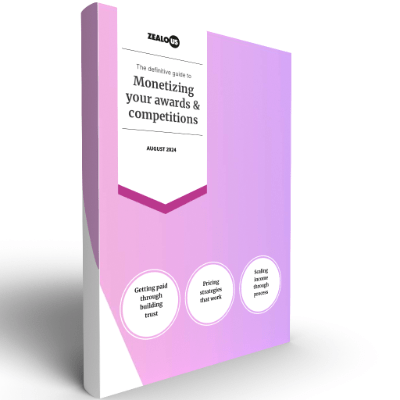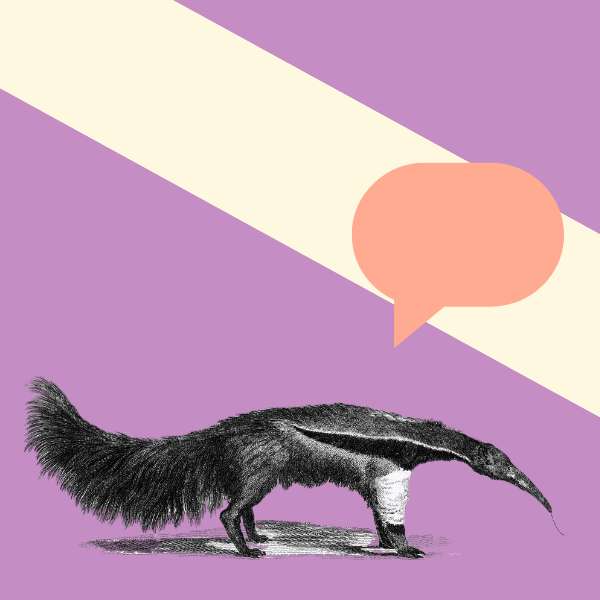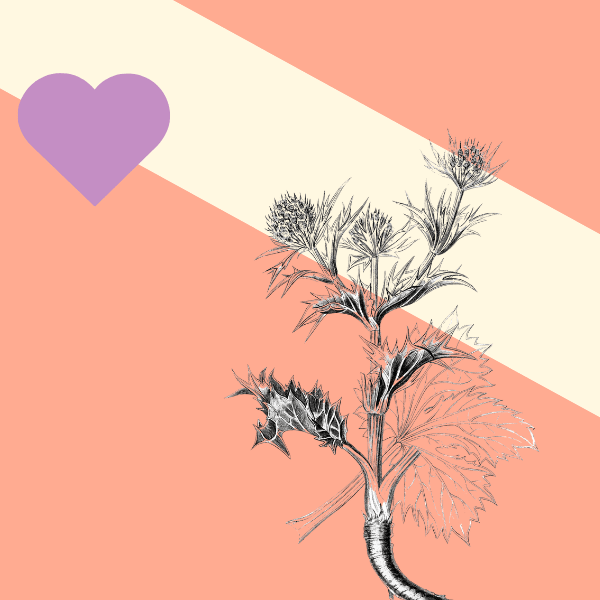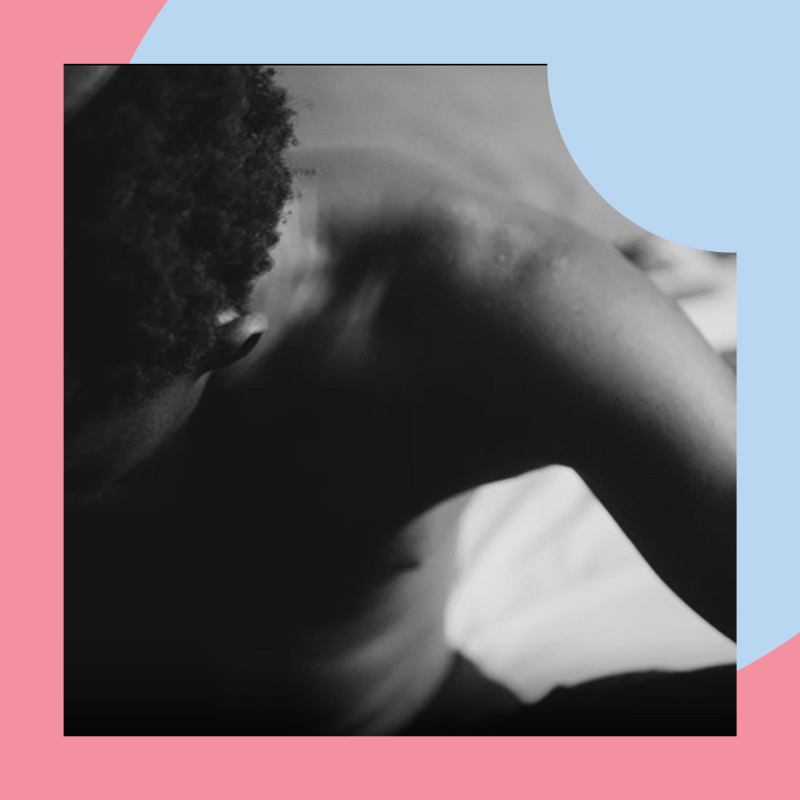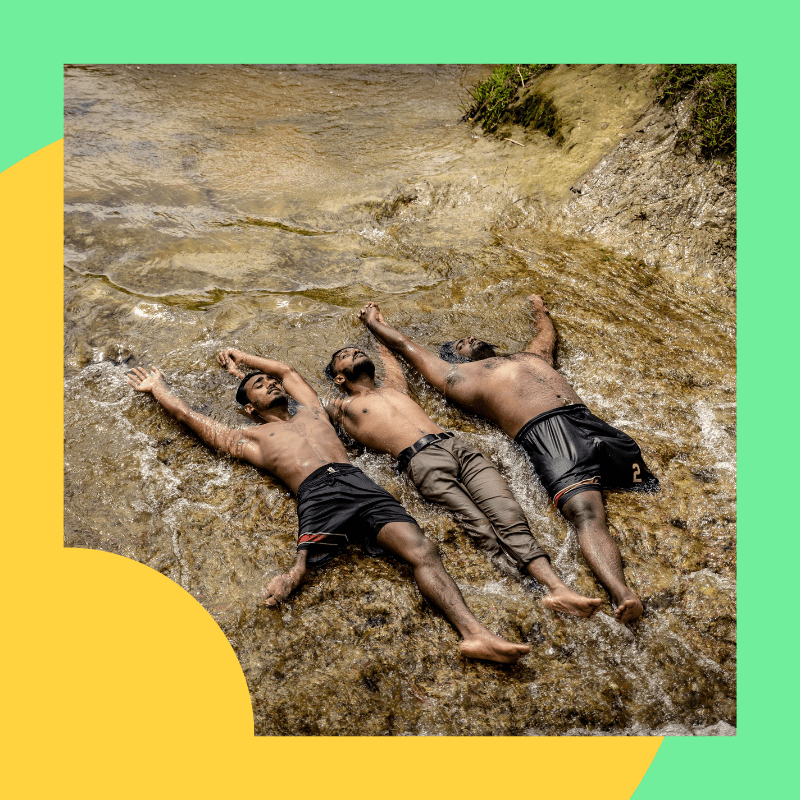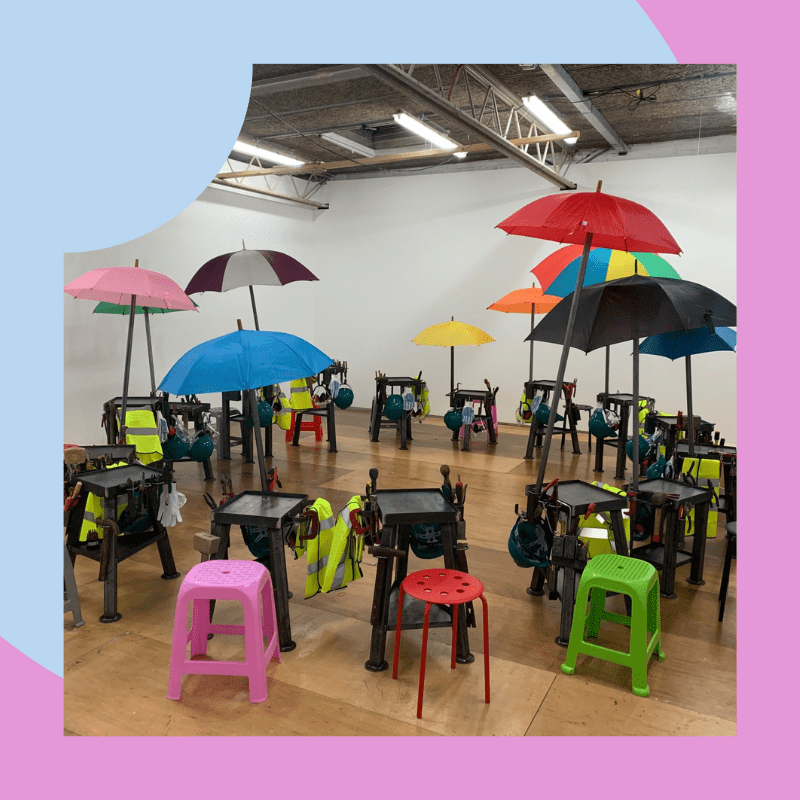Congratulations on winning third place for Zealous Amplify: Future! How would you describe yourself as a creative?
Thank you to all the judges who voted for me and awarded me third prize.
So many hours of my life were poured into this piece—researching it, building it, and operating it for the public—so it feels incredibly rewarding to see Modern Mining out there, being seen and acknowledged.
As a creative, I’m constantly asking: Where do materials come from?
What fascinates me is how our growing awareness of materials has shaped us as a species. Something magical happened around a fire thousands of years ago, when someone first smelted iron or cast bronze. But somewhere along this vast journey through time, we lost that sense of magic and the rituals that come with making things by hand.
I enjoy creating objects that are both functional and sculptural—sometimes interactive—that gesture toward a time when we were more deeply connected to the things we use and consume.
You have referenced your interest in making techniques inspired by the past. How do you bring this in to a modern, technology focused world?
I’m really interested in material transformation—not so much in assemblage, but in processes that fundamentally change the nature of a material. My aesthetic often leans into the alchemy of fire, which has played a crucial role in human development for thousands of years.
With Modern Mining, I took apart broken electrical waste with the help of the public, then melted down the copper and aluminium we extracted (or mined from it ) to cast new relics of the future. It was both a communal act and a symbolic one—revealing the raw, elemental core of modern technology.
I think fire and my working with fire is the link between past and present. It still amazes us, even now. It was vital to early metalwork, and it’s still essential in modern production—even if it’s hidden from view. My work is about making that connection visible again. I want to bridge the ancient and the modern by highlighting this enduring relationship between fire, material, and human ingenuity.
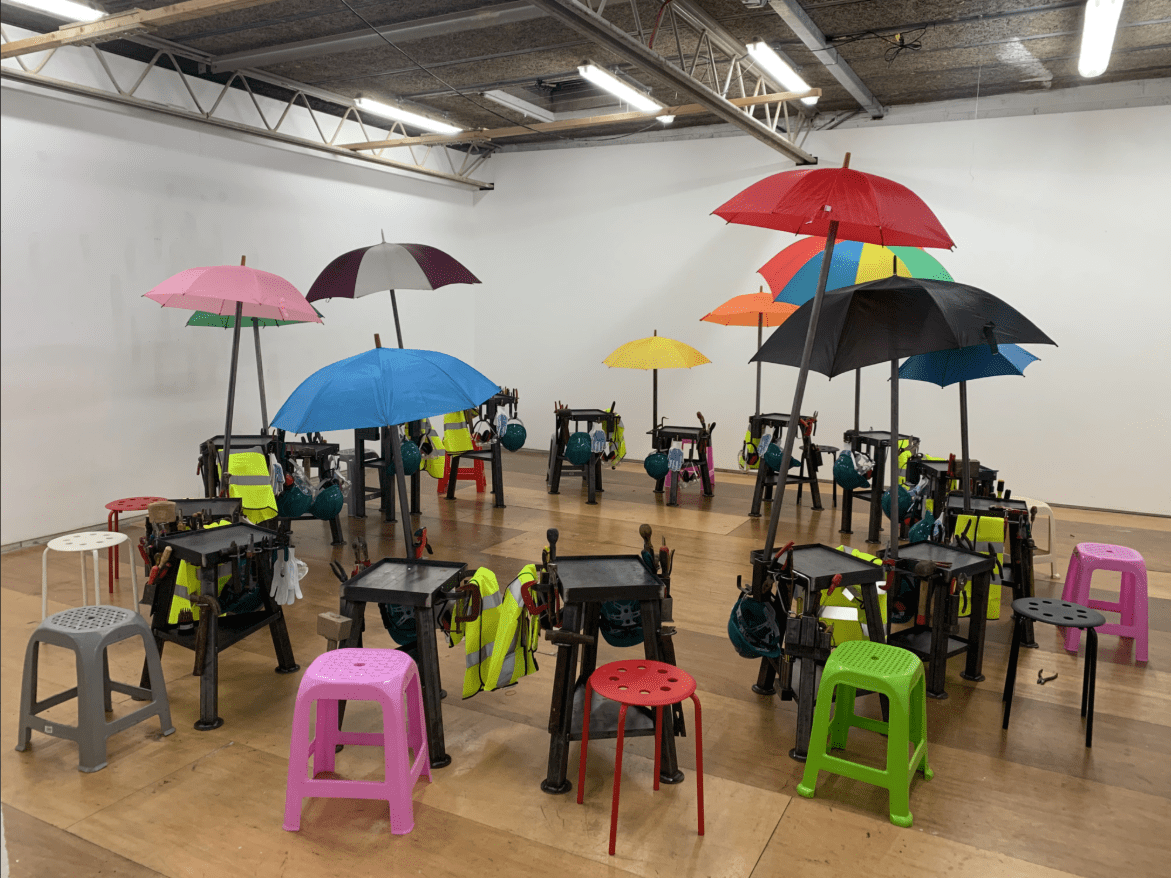
Your work is an interactive sculptural installation in which members of the public could dismantle their broken electrical waste. What was the public response to this?
The public’s response was beautifully varied. Some people loved the physical side of it—smashing up objects we’re usually told to treasure. Others were incredibly precise, spending hours carefully separating out every tiny component and deeply concerned about where and how components would be recycled.
One of the most memorable moments was with a man who brought in his late father’s phone. He told me he hadn’t known what to do with it until now, but the idea that a bit of copper from it could live on in a new cast relic had really moved him to take part. It made me start thinking about these memories that are stored with in the metals in our old electronics, and the performative element to this installation became a way to give old and unpersonal electrical waste a new form and story.
Join 20K+ subscribers
Stay in the loop with everything you need to know.
In what ways could we bring this idea in to our own homes?
E-waste is a huge global issue—we rely so heavily on technology, but don’t often think about what happens when it breaks or becomes ‘outdated’. I think we should start calling it E-resource instead. The word waste makes it sound dirty or useless, when really these objects are full of valuable materials.
One simple step is to buy used or refurbished electronics when you can. And there are some great initiatives out there that recycle e-waste and pass working tech on to people who need it. It’s all about shifting how we see these materials—from something to throw away, to something we can reuse, rethink, and revalue.
How do you see this project expanding?
I’m really interested in expanding the project through a collaboration with a scientist I’ve been speaking to who works in bio-leaching. It’s an incredible process where bacteria are fed iron, and in digesting it produce an acidic liquid that can dissolve metals found in printed circuit boards.
It’s still early days (funders, if you’re out there—get in touch! haha), but I see a really exciting future in this—a collaboration between me, the scientist, and the bacteria. It opens up a whole new way of thinking about recycling, transformation, and working with living systems as part of the making process.
What role do you see creativity playing in building a hopeful future, and how does your practice reflect this?
A pivotal aspect of my practice involves direct engagement with new communities. Utilising hands-on activities to spark conversations, prompt action, and deepen understanding about materials and processes lies at the core of my approach.
Sharing how to use and make my own tools is something I frequently do as I believe in the mental health benefits of comming together and working with our hands , in a world where more and more we are detached from how things are made.
I’m a big advocate of demystifying how processes work and sharing new skills with people. As a woman who works predominantly in metal – a totally male dominated industry , it is important for me to make spaces where people can learn skills away from the gendered norms.
Is there anything you are currently working on?
Right now, I’m working on developing a course in my workshop where visitors can come and build their own Bronze Age–inspired furnace—and then take it home with them, so they can keep experimenting with melting and casting metal.
I’ve just been testing some prototypes at the Festival of Metals at Butser Ancient Farm, which has been a brilliant. I’m enjoying working out how to melt metal using charcoal and hairdryers—it’s all about controlling fire temperature and working with simple tools in clever way, like ancient people were so good at.
You can find more of Katie’s work on her website and Instagram.
